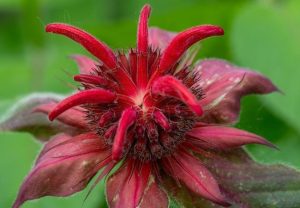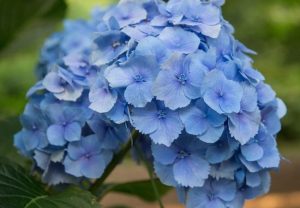Explore the vibrant world of Marigolds with this comprehensive guide. Learn about their varieties, growing requirements, and versatile uses in the garden and beyond.
Marigolds are a beloved and instantly recognizable flower, known for their vibrant shades of yellow, orange, and red. These cheerful blooms have been cherished for centuries, not only for their beauty but also for their remarkable resilience and versatility. Whether planted in borders, containers, or scattered throughout the garden, marigolds add a burst of warm, radiant color that brightens any outdoor space.
In this article, we’ll delve into the fascinating world of marigolds, covering their diverse varieties, growing requirements, and myriad uses. From their practical applications as companion plants to their cultural significance and even their culinary potential, marigolds are truly multifaceted wonders that deserve a place in every gardener’s repertoire.
Here’s a concise information chart about Marigolds:
| Attribute | Information |
|---|---|
| Botanical Name | Tagetes spp. |
| Plant Type | Annual flowering plant |
| Zones | 2-11 (varies by species) |
| Exposure | Full sun |
| Bloom Time | Spring to fall |
| Height/Spread | Height: 6 inches to 3 feet Spread: 6-18 inches |
Varieties of Marigolds
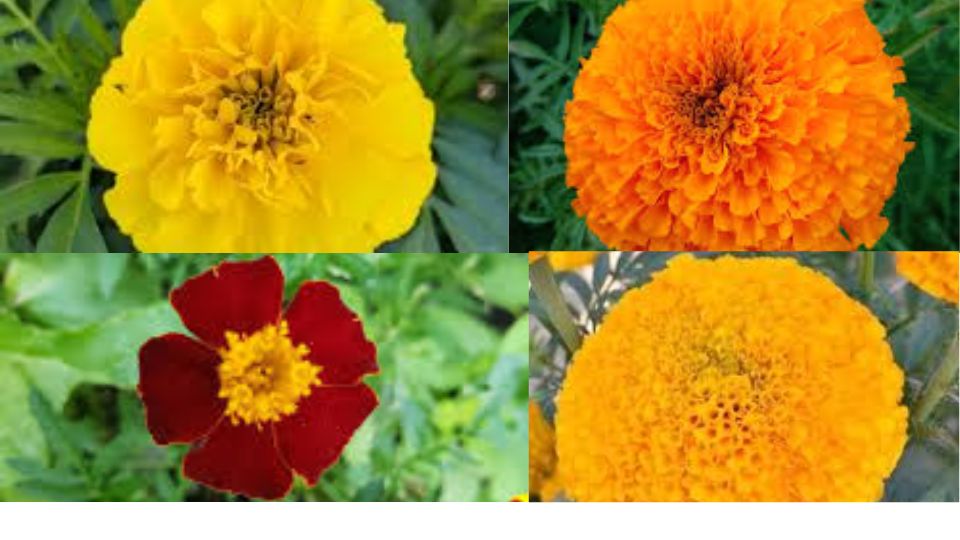
Marigolds belong to the genus Tagetes, which encompasses over 50 species native to the Americas. While there are numerous varieties available, some of the most popular and widely grown types include:
-
French Marigolds (Tagetes patula): These compact, bushy plants typically grow 6 to 12 inches tall and produce an abundance of double or single blooms in shades of yellow, orange, and red. French marigolds are ideal for borders, containers, and mass plantings.
-
African Marigolds (Tagetes erecta): Larger and taller than their French counterparts, African marigolds can reach heights of 2 to 3 feet. Their pom-pom-like blooms come in shades of yellow, orange, and sometimes white, making them a striking addition to any garden.
-
Signet Marigolds (Tagetes tenuifolia): Also known as rock marigolds or gem marigolds, these petite plants grow only 6 to 12 inches tall and feature delicate, fern-like foliage with small, single blooms in shades of yellow, orange, and red.
-
Triploid Marigolds: These hybrid marigolds are sterile, meaning they don’t produce seeds. Instead, they put their energy into producing larger, more abundant blooms, making them a popular choice for gardeners seeking a prolific and long-lasting display.
With such a diverse range of sizes, colors, and bloom forms, there’s a marigold variety to suit every gardener’s preference and planting space.
Growing Marigolds
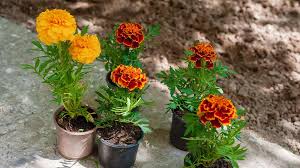
Marigolds are renowned for their ease of cultivation, making them an excellent choice for both novice and experienced gardeners alike. Here are some tips for successfully growing these radiant blooms:
-
Sunlight: Marigolds thrive in full sun, requiring at least 6 to 8 hours of direct sunlight per day. However, in extremely hot climates, they may appreciate some afternoon shade to prevent wilting.
-
Soil: Marigolds are not overly fussy about soil type, but they prefer well-draining, slightly alkaline soil with a pH range of 6.0 to 7.5. Amending your garden bed with compost or well-rotted manure can help improve soil structure and fertility.
-
Planting: Marigolds can be grown from seed or transplants. For a head start, sow seeds indoors 4 to 6 weeks before the last expected frost date in your area. Alternatively, you can direct sow seeds in the garden after the danger of frost has passed. Space plants 8 to 12 inches apart, depending on the variety.
-
Water and Fertilizer: Marigolds are relatively drought-tolerant once established, but they benefit from regular watering during hot, dry spells. Apply a balanced, water-soluble fertilizer every 4 to 6 weeks to promote lush growth and abundant blooms.
-
Deadheading: Regularly removing spent blooms, a process known as deadheading, encourages marigolds to continue flowering throughout the growing season.
-
Pest and Disease Management: While generally resistant to most pests and diseases, marigolds can occasionally suffer from issues like spider mites, aphids, or fungal diseases like powdery mildew. Proper spacing, good air circulation, and avoiding overhead watering can help prevent these problems.
With their vibrant colors, easy care, and prolific blooming habits, marigolds are an excellent choice for gardeners of all skill levels and experience.
Marigolds as Companion Plants
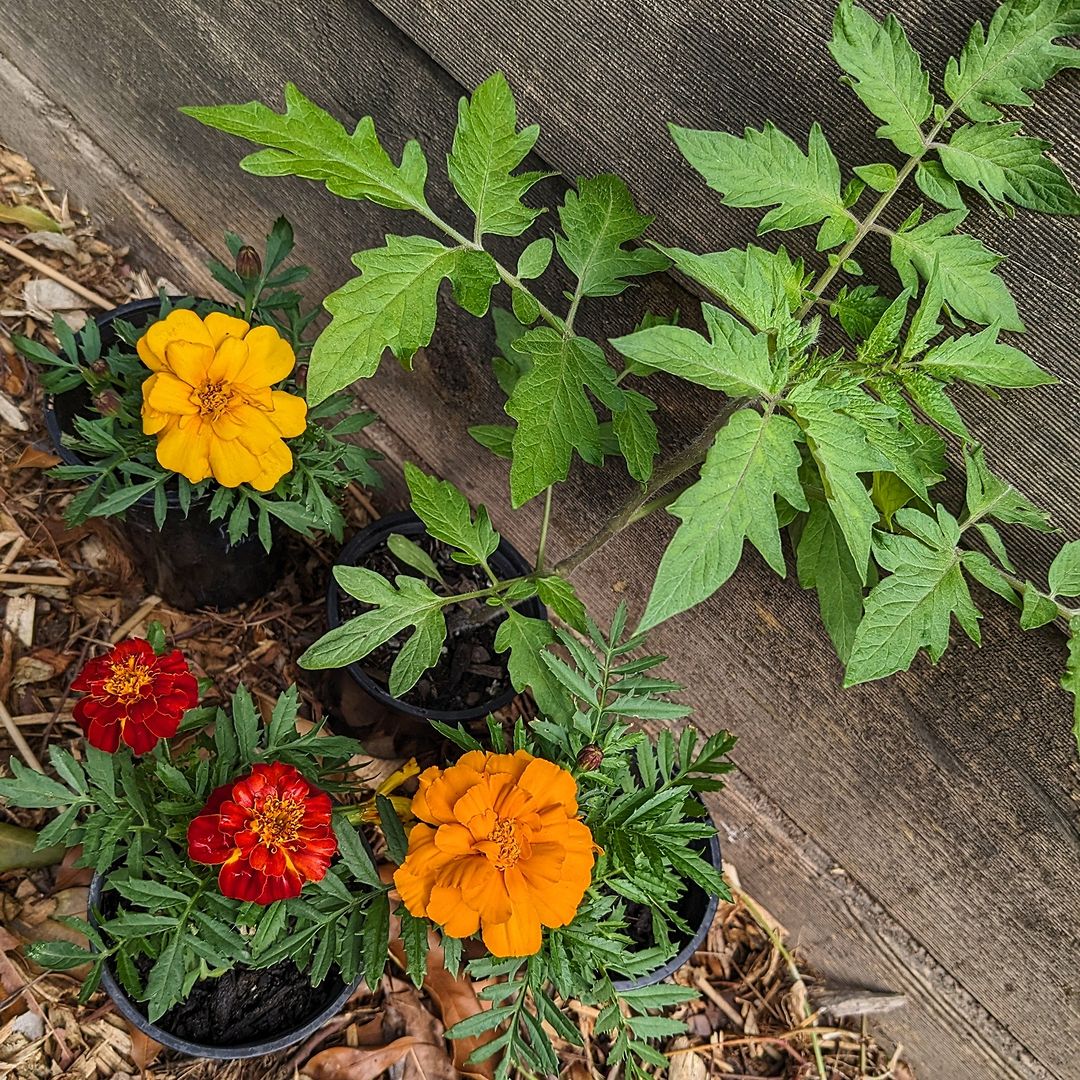
One of the most remarkable aspects of marigolds is their ability to act as effective companion plants in the garden. Their strong scent is believed to repel a variety of pests, including nematodes, rabbits, and even deer. When planted alongside vegetables like tomatoes, marigolds can help protect these crops from harmful pests while also improving soil health.
Additionally, marigolds have been shown to suppress certain soil-borne diseases, such as fusarium wilt and verticillium wilt, making them valuable allies in maintaining a healthy garden ecosystem. By interplanting marigolds with your fruits and vegetables, you can create a natural, environmentally friendly pest management system while adding a vibrant pop of color to your edible garden.
Cultural and Culinary Uses

Beyond their ornamental and practical uses in the garden, marigolds have played a significant role in various cultures and traditions throughout history. In Mexico and parts of Central America, marigolds are an integral part of Día de los Muertos (Day of the Dead) celebrations, where they are used to decorate altars and graves, representing the fleeting nature of life and the vibrant connection between the living and the deceased.
Marigolds also have culinary applications, with their petals being used to add a vibrant hue and subtle, slightly bitter flavor to dishes like rice, salads, and even beverages. In some cultures, marigold petals are used to infuse oils or vinegars, adding both color and flavor to these culinary staples.
Potpourri, Dyes, and Medicinal Uses

Beyond their ornamental and culinary uses, marigolds have a rich history of practical applications in various spheres:
-
Potpourri and Fragrance: The pungent scent of marigold petals makes them a popular ingredient in potpourri blends and natural fragrances.
-
Dyes and Pigments: Marigold petals can be used to create natural dyes and pigments, ranging from vibrant yellows to deep oranges and reds.
-
Medicinal Properties: Throughout history, marigolds have been used in traditional medicine for their purported anti-inflammatory, antiseptic, and wound-healing properties. However, it’s important to consult with a healthcare professional before using marigolds or any plant for medicinal purposes.
With such a diverse range of uses and cultural significance, it’s no wonder that marigolds have captured the hearts and imaginations of gardeners, herbalists, and plant enthusiasts worldwide.
Conclusion
Marigolds are truly remarkable flowers, offering a vibrant and radiant presence in any garden setting. From their ease of cultivation and practical uses as companion plants to their cultural significance and versatility in the kitchen, these cheerful blooms have something to offer every gardener and plant lover.
By incorporating marigolds into your garden design, you’ll not only add a burst of warm, inviting color but also benefit from their natural pest-deterring properties and potential to improve soil health. Whether you choose the compact French varieties, the towering African marigolds, or the delicate signet types, you’ll be rewarded with a long-lasting display of vibrant blooms that are sure to brighten your outdoor spaces and lift your spirits.
So, embrace the radiant beauty of marigolds and let their sunny presence infuse your garden with a touch of joy and resilience. With their low-maintenance nature and versatile applications, these remarkable flowers are a must-have addition to any gardener’s repertoire.
